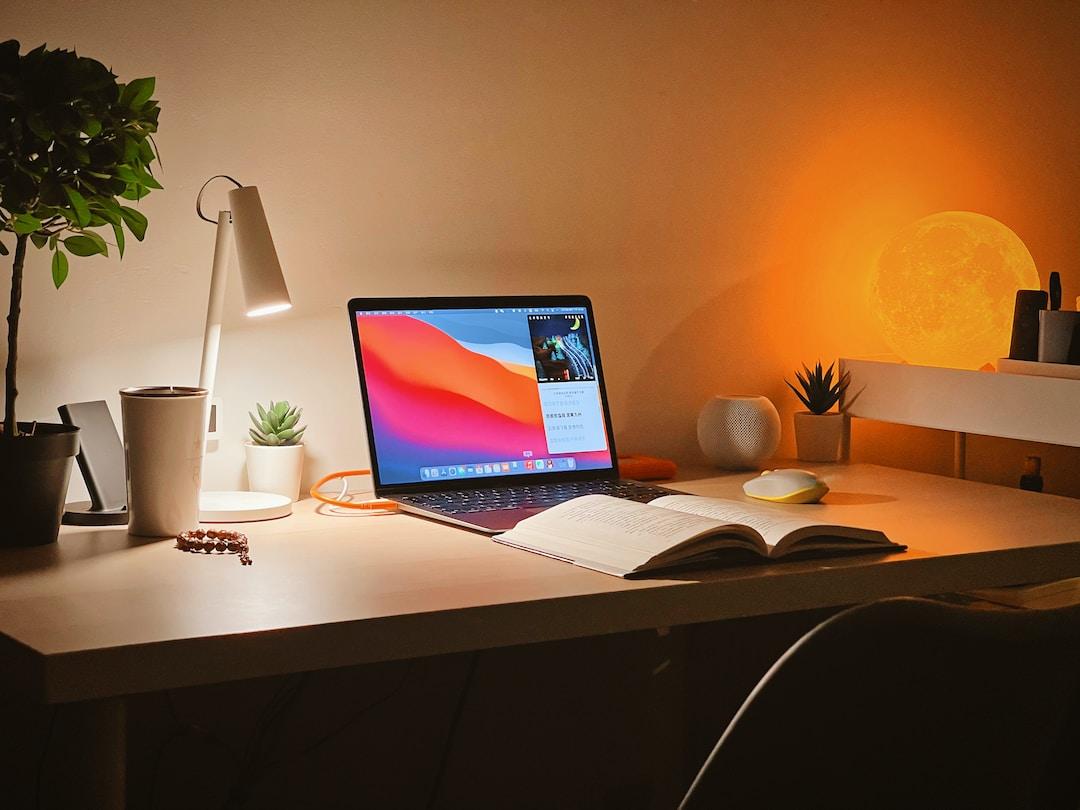Online learning presents a unique set of challenges, especially when it comes to creating an effective study environment. Distractions, discomfort, and the lack of a structured space can impede concentration and learning productivity. Crafting a serene study area is critical for success in any online program, especially for obtaining an autism certification online. A well-thought-out space can improve focus, enhance learning, and potentially increase academic performance. In this article, we explore valuable strategies to design a tranquil study space for online students.
Incorporating Nature and Lighting for an Optimal Study Atmosphere
Bringing elements of nature into your study space can dramatically improve the ambiance and reduce stress. Plants are known to purify the air, increase oxygen flow, and even boost productivity and cognitive function. If actual plants are difficult to maintain in your study space, consider an artificial plant in pot as a hassle-free alternative that brings a natural aesthetic to your environment.
Natural light should always be the go-to for your study area during the day, as it’s gentle on the eyes and helps maintain a natural circadian rhythm. Position your desk near a window, if possible, to maximize daylight exposure. As the day transitions to evening, ensure you have appropriate artificial lighting that provides clear vision without causing glare or shadows on your work area.
Soothing sounds from nature can also enhance your study environment, such as recordings of light rain or forest ambiance. These sounds can aid concentration and reduce the potential for an overly silent study environment to feel uncomfortable or isolating. Look for apps or gadgets that can provide these types of acoustic backgrounds.
Lastly, the orientation of your study space plays a role in how natural elements affect it. Facing your desk towards a window or serene outdoor space can be uplifting, but ensure the sun doesn’t cause reflections on your screen. Understanding how to balance natural elements while avoiding their drawbacks is key to creating an optimal online learning environment.
Creating a Calm Study Space for Better Concentration in Online Learning
Establishing a dedicated area for study is the first step towards cultivating a calm environment. The chosen spot should be away from high-traffic household areas to minimize interruptions. The use of subtle colors, comfortable furniture, and personalized decor can contribute significantly to a calming atmosphere. Ensure the space is exclusively reserved for studying to associate the area with productivity and learning.
Lighting plays a crucial role in maintaining both the ambiance of the space and one’s concentration levels. Natural light is optimal, reducing eye strain and keeping you alert. However, when natural light isn’t sufficient, invest in quality lamps that provide a soft but bright light. Keep the area well-lit to avoid drowsiness and to aid in reading and note-taking.
Noise levels must also be considered in your study space. For some, absolute quiet is necessary, while others thrive with a bit of ambient noise. Noise-canceling headphones or white noise machines can be invaluable for maintaining your preferred sound environment. Carefully choose what works best for your concentration and make it a part of your study routine.
The Impact of Color Psychology on Study Environments

Colors have a profound psychological effect on the human mind, influencing mood and alertness. In educational settings, certain colors can be more conducive to learning. For instance, blue is often associated with productivity and calmness, making it an ideal choice for a study space. Similarly, green is linked to balance and can reduce eye strain, which is particularly beneficial for long study sessions.
While cool colors like blue and green are typically recommended for study spaces, it’s important to consider personal preferences as well. Some individuals might find warmer tones like soft yellows comforting, which can foster optimism and creativity. However, avoid overly vibrant colors, as they can be distracting and possibly induce anxiety.
Creating a calm study area is a thoughtful blend of design elements, ergonomic considerations, and personal touches. By applying these insights, online students can transform any space into a conducive environment for learning.








